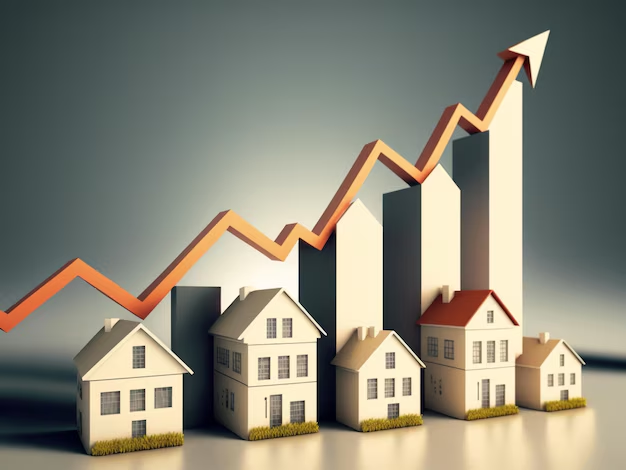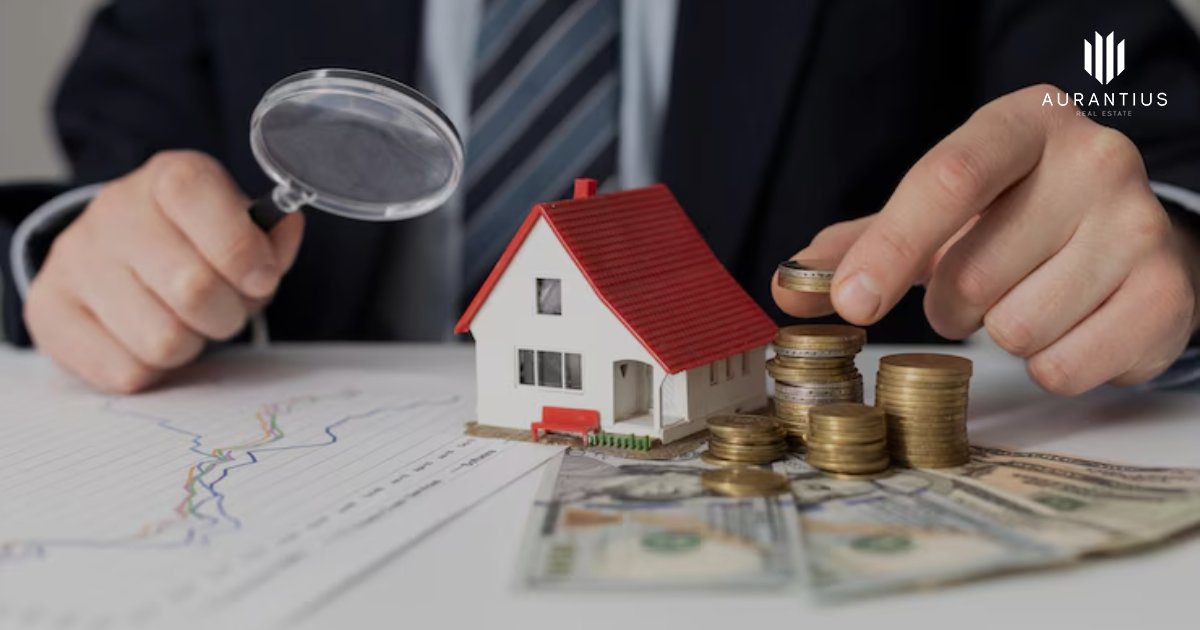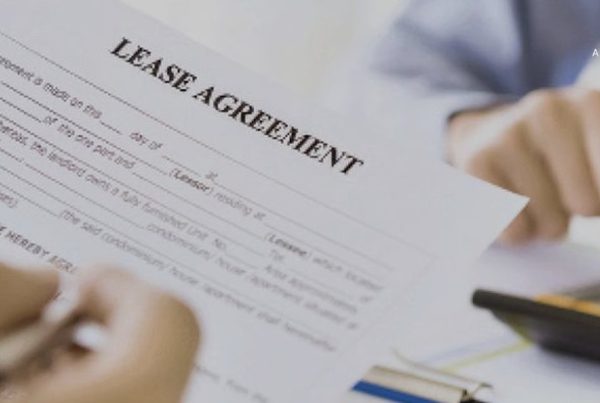Real Estate ROI in Dubai: What It Is, Why It Matters, and How to Maximize It
In Dubai’s fast-paced property market, investors are constantly looking for ways to measure performance and ensure their capital generates sustainable returns. One of the most critical tools in this process is ROI (Return on Investment). Understanding how ROI works, why it matters, and the strategies to maximize it can give investors a real competitive edge in one of the world’s most dynamic real estate hubs.

How to Calculate ROI in Real Estate (With a Simple Example)
The baseline formula is straightforward:
ROI (%) = (Annual Profit ÷ Total Investment Cost) × 100
Annual Profit = Rental Income − Operating Expenses
Total Investment Cost = Purchase Price + Closing Costs + Renovation/Set-Up Costs
Example: If you acquire an apartment for AED 1,000,000 and your net annual profit (after service charges, utilities you cover, property management, and insurance) is AED 90,000, then ROI = (90,000 ÷ 1,000,000) × 100 = 9%. Adjust each input to test scenarios such as higher vacancy, rate changes, or a furnished short-let strategy.
What Is ROI in Real Estate?
ROI, or Return on Investment, measures the profitability of an investment relative to its cost. In real estate, it evaluates how much profit an investor earns compared to the initial purchase and ongoing expenses. For example, if you buy an apartment in Dubai Marina and rent it out, ROI will reflect the balance between rental income, maintenance, and property value growth.
Dubai’s real estate ROI is typically calculated as an annual percentage. In prime areas like Downtown Dubai, investors often achieve rental yields between 6% and 8%, making the city one of the most attractive global destinations for property investment.
Why ROI Matters in Dubai
Dubai is unique because it combines strong rental yields with consistent capital appreciation. Unlike some global markets where investors rely only on long-term value increases, Dubai offers immediate cash flow benefits through rental income. This makes ROI a key factor in determining whether a property is a short-term income generator or a long-term wealth builder.
In areas such as Business Bay, many investors are balancing steady rental demand from professionals with the potential for future appreciation as new infrastructure projects are completed.
Factors That Influence ROI
Several elements directly affect ROI in Dubai’s property market. Location remains the strongest driver, with areas like Jumeirah Village Circle (JVC) attracting tenants seeking affordability while still offering good yields for landlords. Property type also plays a role, as smaller apartments often generate higher rental returns compared to luxury villas.
Other key factors include developer reputation, property management quality, and Dubai’s evolving regulatory framework. For example, projects by trusted developers such as DAMAC Properties and Emaar Properties often command stronger demand and higher ROI due to brand trust and delivery consistency.
Why ROI Is Essential to Smarter Property Decisions
Sharper selection: Rank properties by expected net performance, not photos or hype. Risk clarity: Build buffers for vacancy, interest rate swings, and unexpected CAPEX to ensure returns remain robust. Portfolio discipline: Tracking ROI over time helps you rebalance—holding assets that outperform and exiting those that lag.
Key Drivers of ROI in the UAE
Location & demand. Established hubs with strong transit, schools, retail, and employment nodes (e.g., Business Bay, JVC) sustain occupancy, supporting yields and price resilience. Emerging corridors can add appreciation upside if infrastructure is catching up.
Property type. Apartments generally deliver dependable rental flows; select commercial assets can outperform on yield but require deeper tenant-mix diligence and longer leasing cycles.
Market trends & policy. Visa reforms, tourism flows, and broader macro stability influence absorption and rent trajectories. Dubai’s transparency and pro-investment policies have been a tailwind for both yield and appreciation.
Rental yields. Micro-market occupancy, building management quality, and target tenant segments (family, executive, short-stay) shape achievable rents.
Operating costs. Service charges, AC/chiller arrangements, utilities, and maintenance can compress returns—monitor building-by-building variance.
How to Maximize ROI in Dubai Real Estate
To achieve maximum returns, investors should focus on a mix of strategies:
1. Choosing developments in growth corridors like Palm Jumeirah where premium rental demand is consistent.
2. Partnering with established developers such as Sobha Realty to benefit from strong resale and rental markets.
3. Timing purchases to align with pre-launch or off-plan opportunities, where entry prices are often lower, and ROI potential is higher.
4. Keeping expenses under control by selecting properties with efficient service charges and engaging professional management teams.
Conclusion
Dubai continues to offer investors a unique combination of rental yields and capital appreciation, making ROI a central metric for decision-making. By understanding the fundamentals of ROI and applying targeted strategies, investors can build wealth, secure steady income, and take advantage of Dubai’s thriving real estate market. Whether it’s in Dubai Hills Estate or high-demand districts like Marina, the opportunities for maximizing ROI remain strong.
For expert guidance and tailored property opportunities, visit Aurantius Real Estate and explore our curated listings across Dubai’s most sought-after communities.










